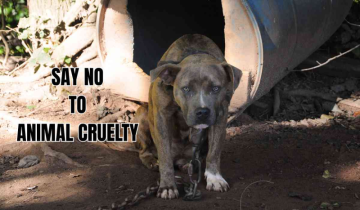“You can always tell about somebody by the way they put their hands on an animal.” – Betty White
In October 2021, a horrifying incident emerged from Hyderabad. A small kitten, having innocently wandered into a residential colony, became the victim of unspeakable cruelty. A group of children began playing with the feline — but what followed was no child's play. One of them took a lighter and set the kitten on fire. The animal suffered excruciating burns and died soon after.
This was not just a story of youthful ignorance. It was a chilling example of how deeply normalised violence against animals has become in India. What should have ignited a national outcry was barely a flicker in the news cycle. The child faced no meaningful consequence. The kitten’s life — erased. Its pain — invisible. And in many ways, so is the entire issue of animal cruelty in India.
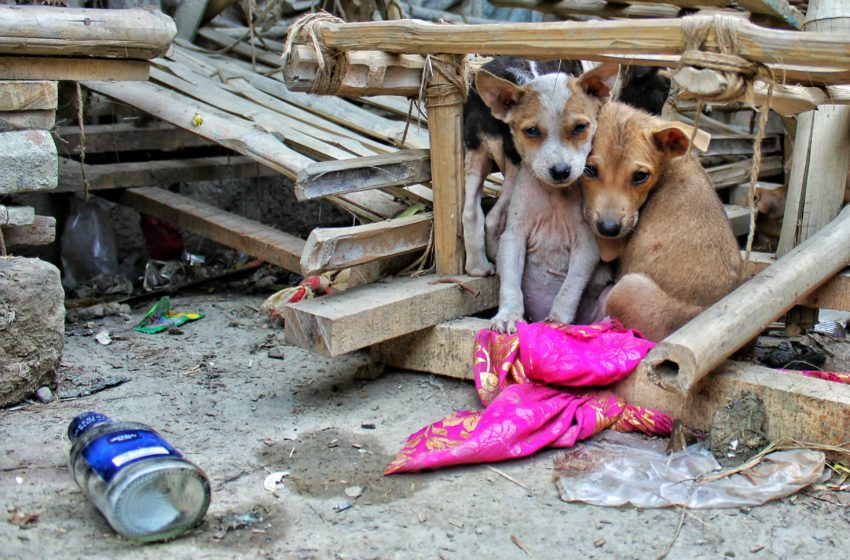
A Law from 1960 Still Governs 21st Century Crimes
India’s primary animal protection law, the Prevention of Cruelty to Animals Act (PCA), 1960, is shockingly outdated. Even after more than 60 years, this legislation remains largely unchanged. It imposes a penalty of merely ₹50 for first-time offenders who torture or kill animals. For a second offence, the fine may rise to a maximum of ₹100 or result in a mere three months in jail. That’s barely more than a traffic violation — for causing deliberate suffering, or worse, death, to a sentient being.
Despite proposals to modernise the PCA — such as the Animal Welfare Act 2011 and subsequent bills in 2014 and 2016 — none have been passed. These proposed reforms aimed to:
-
Expand the definition of cruelty.
-
Increase penalties by a factor of a thousand.
-
Recognise organised and sexual violence against animals as non-bailable offences.
But time and again, these progressive drafts have died quiet deaths in Parliament — just like countless voiceless victims across the country.
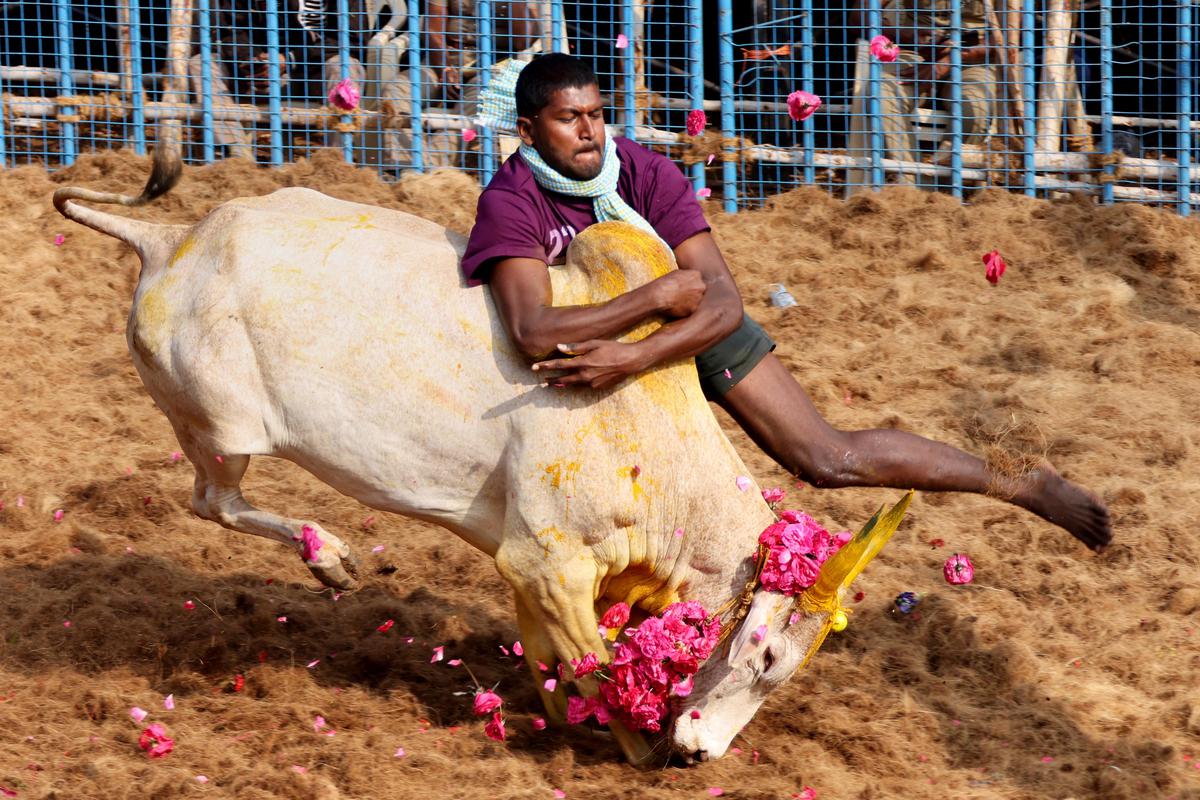
A Disturbing Pattern: Abuse, Silence, and Zero Consequences
Recent years have seen a surge in high-profile acts of animal cruelty:
-
Shaktiman, a police horse, died in 2016 after being beaten during a political rally.
-
In Chennai (2019), a man was filmed mercilessly beating a dog to death.
-
Fifty stray dogs were poisoned, also in 2019.
-
A pregnant elephant in Kerala died after consuming explosives-laced fruit, a story that finally caught nationwide attention.
Yet for every viral video that draws outrage, there are thousands of undocumented atrocities. A 2021 report by FIAPO and All Creatures Great and Small (ACGS) documented over 1,000 cruelty cases between 2010 and 2020 — including acid attacks and sexual abuse. These figures don’t come from the police or government databases. They’re culled from NGO efforts and media reports — because India does not even formally track crimes against animals. The National Crime Records Bureau (NCRB) still refuses to include them in its annual Crime in India report.
Let that sink in: there is no official national accounting of animal cruelty. No data. No recognition. No justice.
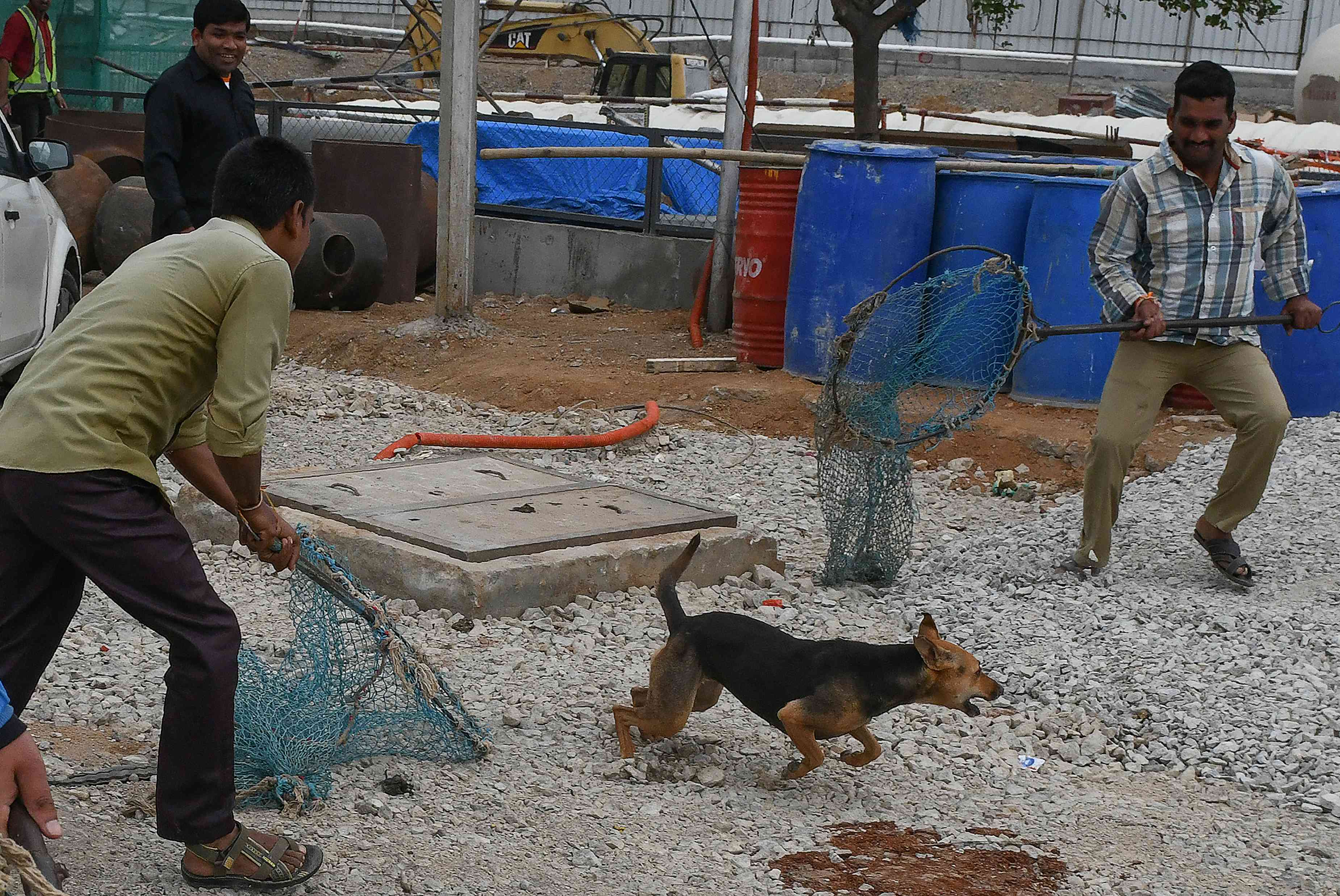
Animal Cruelty and Human Violence: A Proven Connection
This isn't just about animals. Studies across psychology, criminology, and law enforcement show an undeniable link between animal cruelty and human violence:
-
In the US, the FBI now tracks animal cruelty as a standalone crime. They found 43% of school shooters had committed animal abuse prior to attacking humans.
-
A Caleb E. Trentham study of 257 prison inmates found that those who committed childhood animal cruelty averaged 5.68 acts and were significantly more likely to commit adult interpersonal violence.
-
The ASPCA’s Link study revealed how animal abuse often coexists with domestic violence, child abuse, sexual assault, and homicide.
India isn’t immune. Take Veerappan, a poacher turned serial killer, or Moninder Singh Pandher, convicted in the chilling Nithari child murder case — both had histories of animal harm. As PETA India rightly says: “Animal abusers are a danger to everyone — they must be stopped before they act again.”
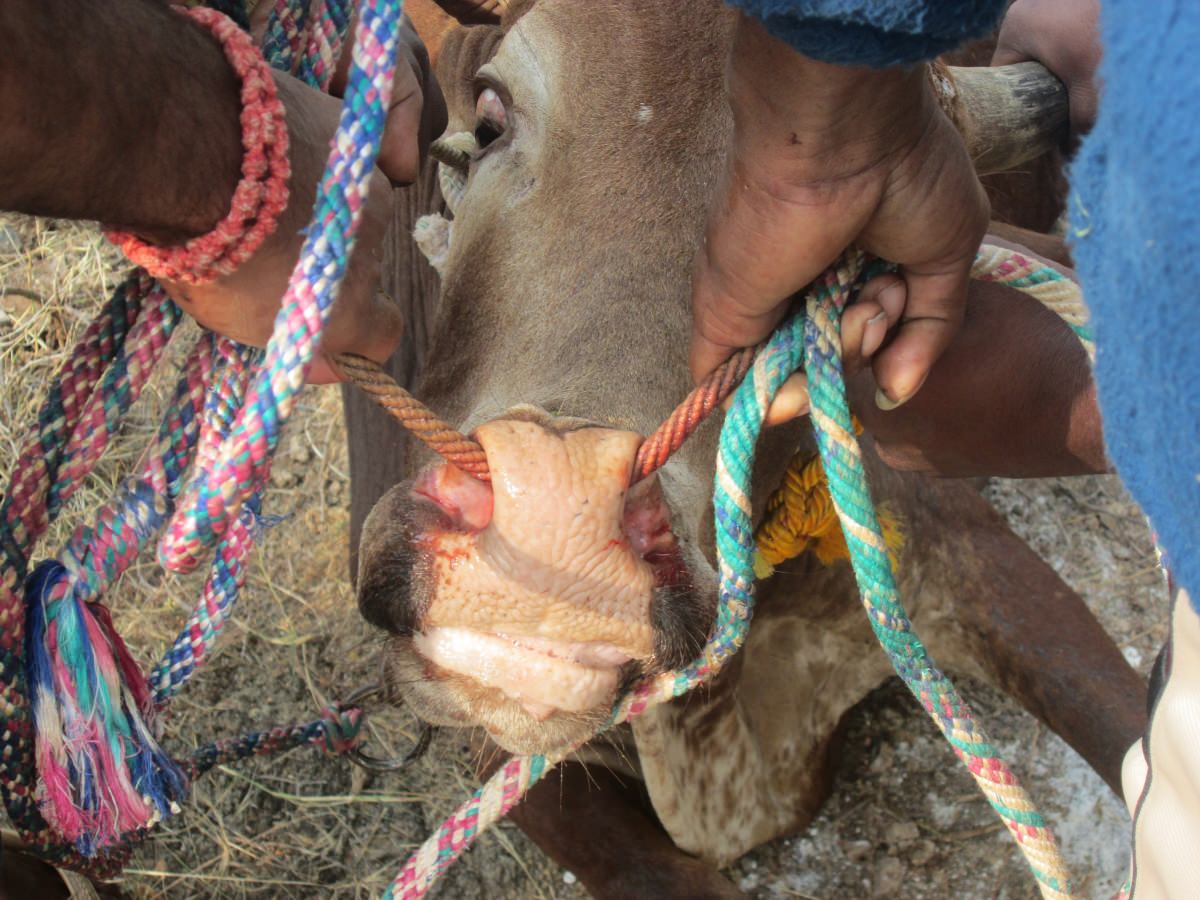
Animal Protection Laws in India You Must Know
Animals depend on humans to defend their rights and ensure their safety. To this end, it is crucial to understand the key animal protection laws in India, embedded in the Constitution and statutory enactments. These laws play a vital role in preventing abuse, cruelty, and exploitation while conserving endangered species and promoting animal welfare.
Sections 428 and 429 of the Indian Penal Code (IPC) – Protecting Animals from Harm
Under Sections 428 and 429 of the IPC (1860), any form of animal cruelty or abuse is strictly illegal. The law prohibits several harmful acts, including:
-
Killing Animals: It is unlawful to kill any animal. Offenders can face imprisonment of up to 2 years and/or hefty fines.
-
Maiming: Causing lasting injury or damage, such as the loss of a body part, qualifies as maiming. For example, a hit-and-run causing an animal to lose a limb is punishable.
-
Poisoning: Deliberately feeding poison to animals is a criminal offence.
-
Rendering Useless: Intentionally injuring an animal to make it unproductive (e.g., damaging the udder of a milking animal) to cause financial loss.
-
Dislocating: Moving an animal from its usual place for personal gain.
-
Abduction: Illegally keeping an animal that belongs to someone else for personal benefit.
Violations of these sections attract penalties including fines and imprisonment for up to 5 years.

Section 377 of IPC: Protecting Animals from Sexual Abuse
Section 377 criminalizes unnatural sexual offences, including bestiality. Any form of sexual intercourse with animals is deemed “against the order of nature” and is punishable by:
-
Imprisonment up to 10 years, or
-
Life imprisonment, and/or
-
A monetary fine.
Article 51A(g) of the Constitution – Citizens’ Duty to Protect Animals
Contrary to popular myth, feeding stray animals is not illegal in India. The Constitution, under Article 51A(g), encourages citizens to show compassion and protect all living creatures, including strays. This fundamental duty emphasizes the ethical responsibility toward animal welfare.

Prevention of Cruelty to Animals Act, 1960 (PCA Act) – The Cornerstone of Animal Welfare
The Prevention of Cruelty to Animals Act, 1960 is a comprehensive legislation aimed at preventing unnecessary pain or suffering to animals. The Act defines an "animal" as any living creature other than a human and consists of four key chapters:
Chapter I: Preliminary
-
Defines animals, owners, and their responsibilities.
Chapter II: Animal Welfare Board of India (AWBI)
-
Establishes the Board’s powers, funding, functions, and tenure.
Chapter III: Cruelty to Animals Generally
-
Prohibits acts of cruelty, including harmful traditional practices like "phooka" or "doom dev," and allows the humane destruction of suffering animals.
Chapter IV: Experimentation on Animals
-
Regulates scientific experiments on animals with supervisory committees and the authority to prohibit certain tests.
This Act is vital for protecting animals from cruelty and promoting their welfare. It empowers pet owners, animal lovers, and society at large to act responsibly.
What Does the Law Say About Animal Rights?
-
Article 51A(g) mandates every citizen to protect the environment and have compassion for living beings.
-
Article 48A requires the State to protect and improve the natural environment.
Together, these constitutional duties underpin major legislations like the Prevention of Cruelty to Animals Act, 1960 and the Wildlife Protection Act, 1972, ensuring animals’ rights are recognized and protected.
Section 11: Cruelty in General
Section 11 specifically criminalizes beating, torturing, neglecting, or organizing animal fights. Penalties for first-time offenders are laughably minor:
-
Fine: ₹50 to ₹100, or
-
Imprisonment: Up to 3 months, or both.
This token penalty trivializes the severity of animal abuse and has proven ineffective as a deterrent.
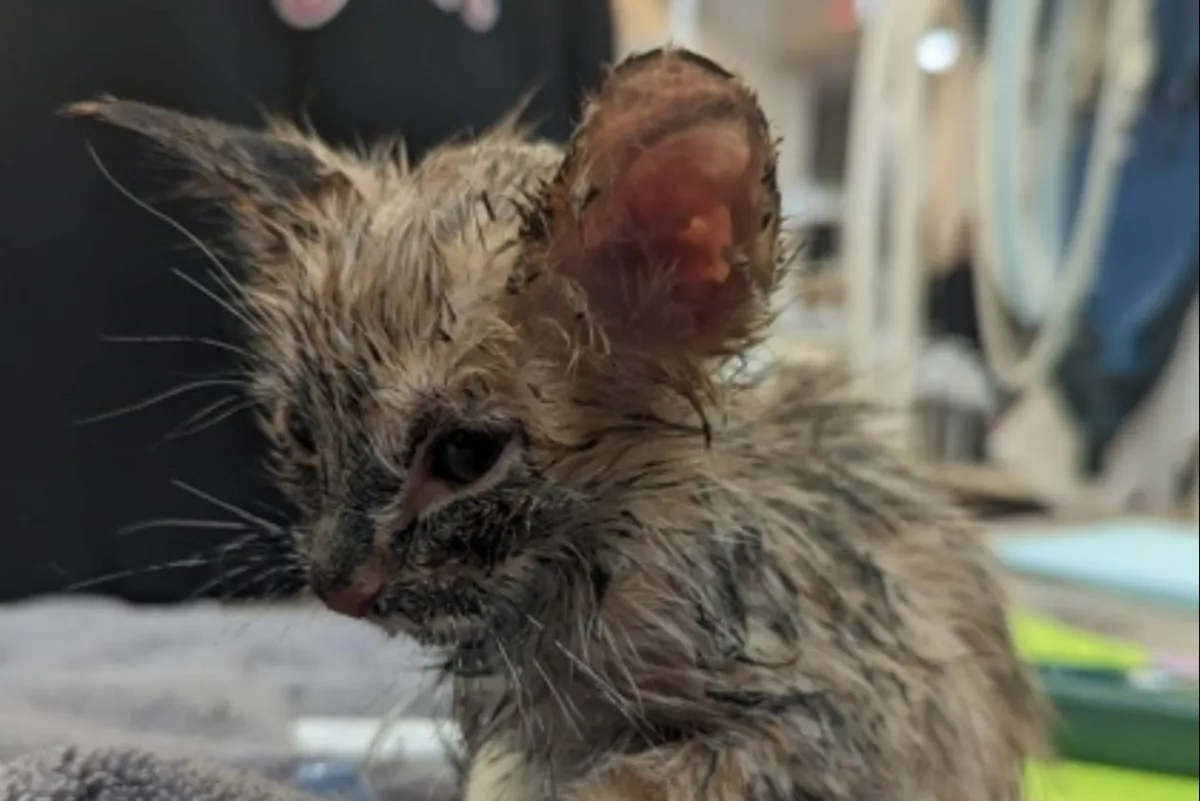
Restrictions on Using Animals for Entertainment
-
Section 26 of PCA Act- Prohibits exhibiting or training animals for entertainment without proper authorization, with fines up to ₹500.
-
Section 27- Exempts bonafide activities such as military training or educational demonstrations.
Protection of Aquatic Animals
-
India has no dolphinariums, and rightly so. Indian government banned the use of dolphins in entertainment, citing the Wildlife Protection Act, 1972. As aquatic animals listed under Schedule I of the Act, dolphins receive the highest level of legal protection, prohibiting their commercial use and participation in entertainment shows since May 17, 2013.
Protection of Wild Animals
-
The Wildlife Protection Act, 1972, defines “hunting” to include not just killing or poisoning, but also killing, poisoning, destroying eggs, or disturbing nests.
-
Under Section 9, hunting is punishable with a fine up to ₹25,000 and imprisonment up to 3 years, or both. While certain exemptions exist for scientific or educational research, the Act firmly criminalises unnecessary wildlife disturbance.
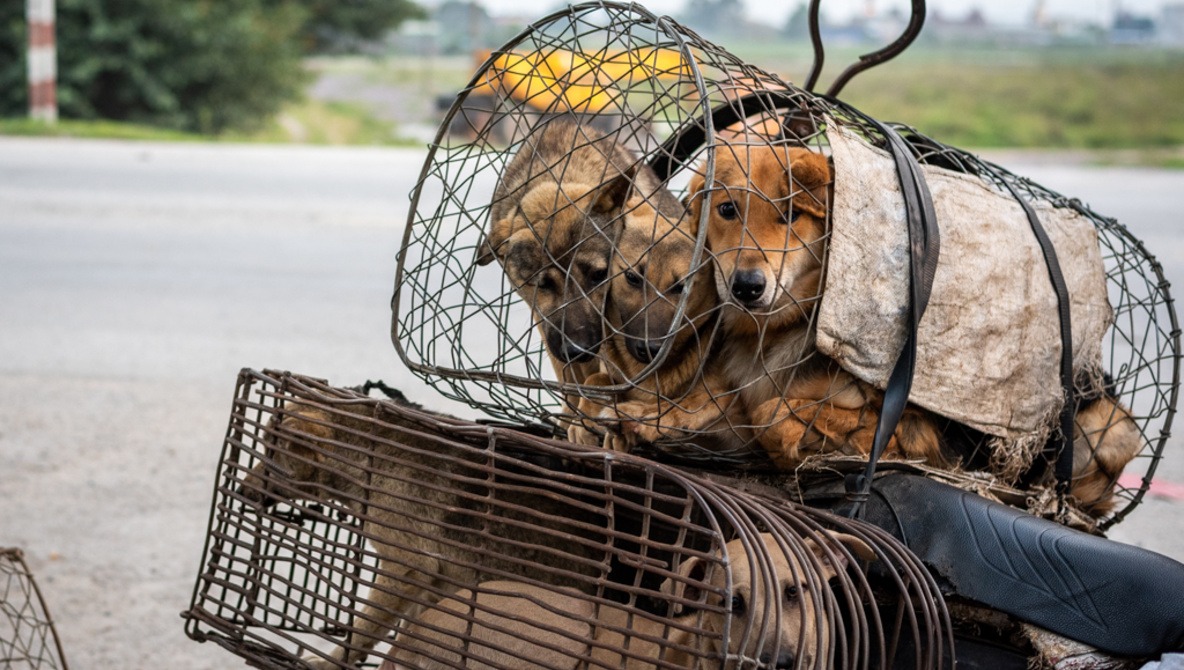
How to Report Animal Cruelty Offences in India
While laws exist, enforcement can be challenging. Here are steps to file complaints when witnessing animal cruelty:
-
Legal Notice: Issue a formal legal notice to the offender via a lawyer or NGO.
-
Complaint Filing: File a complaint through a magistrate or forest officer. Authorized officials like the Director of Wildlife Preservation or Chief Wildlife Warden can also file complaints.
-
Wildlife Offence Report (WLOR): Under Section 50(4) of the Wildlife Protection Act, a WLOR can be filed. This is equivalent to an FIR and initiates investigations in wildlife crime cases.
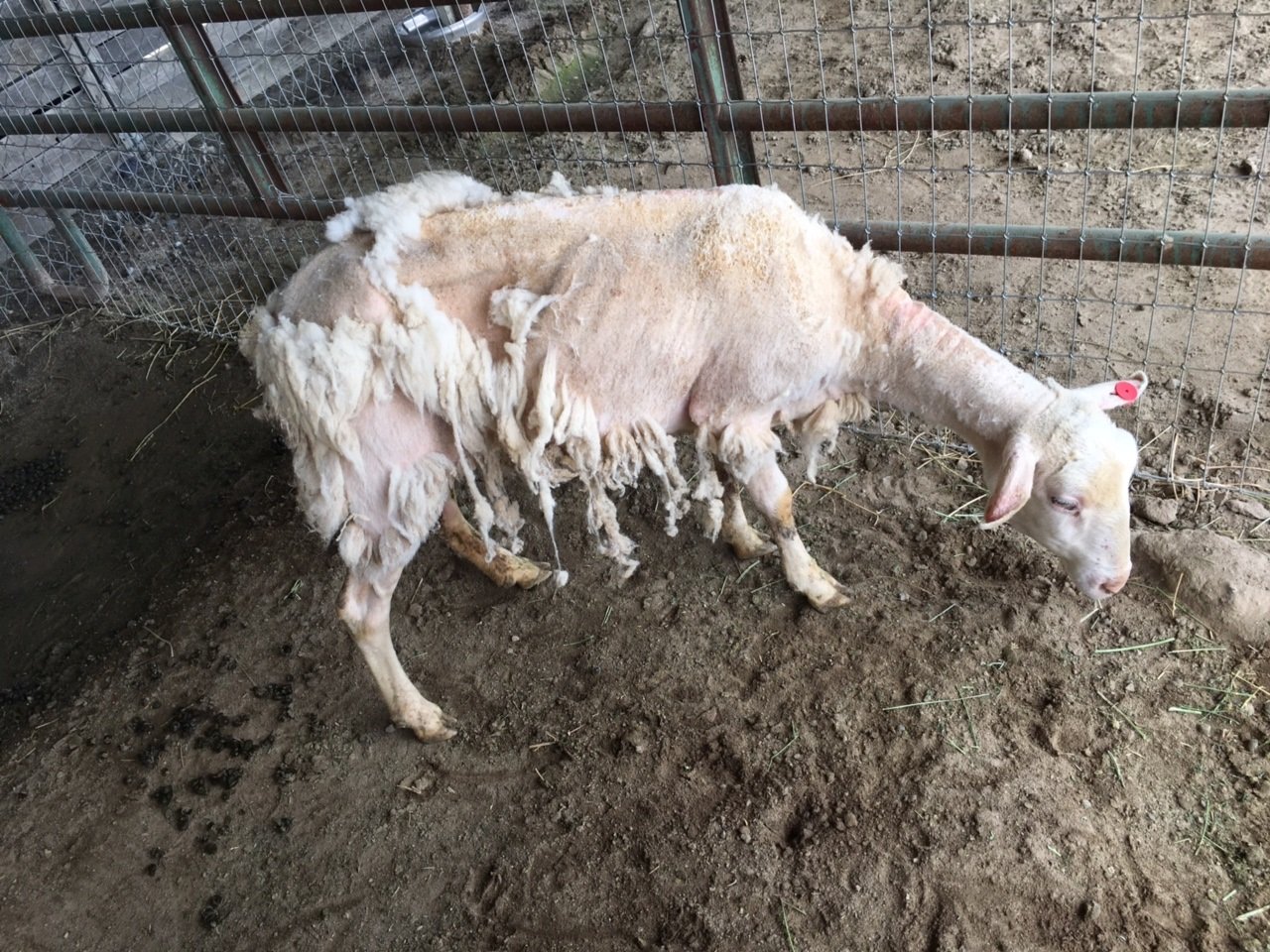
Judicial Landmarks in Animal Rights Protection
Several Supreme Court judgments have reinforced animal welfare laws:
-
N.R. Nair v. Union of India (2000s)
The Supreme Court ruled that animals like bears, lions, tigers, and monkeys cannot be trained or used as performing animals, even if that impinges on Article 19(g)—the right to trade.
-
Animal Welfare Board of India v. A. Nagaraja (2014)
In this historic ruling, the Court banned Jallikattu and extended Article 21 – the Right to Life – to animals, recognizing their right to live with dignity and free from cruelty.
-
In Re: Bruno (2021)
A suo moto case renamed after a dog brutally killed by humans in Kerala, this case served as a moral landmark. The Supreme Court underscored the importance of recognizing animal sentience and dignity.
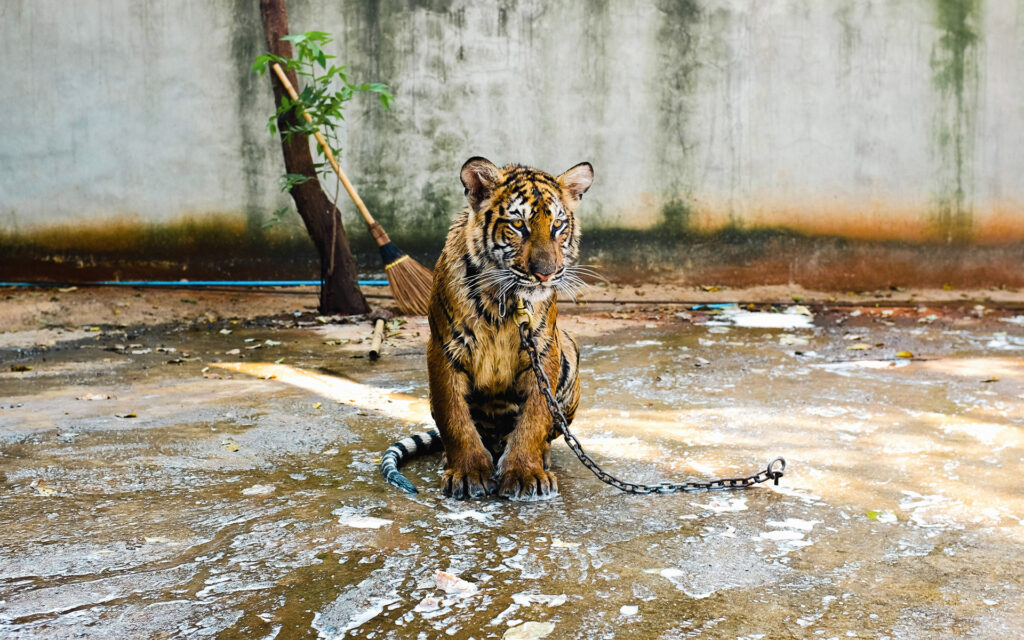
Are Animal Laws Effective in India?
According to a report by the Federation of Indian Animal Protection Organizations (FIAPO) and All Creatures Great and Small (ACGS):
-
Between 2010-2020, 493,910 animals suffered cruelty.
-
Over 400 violent attacks per 1,000 cases involved beating, kicking, acid throwing, or boiling water.
-
Sexual abuse and mutilation are common, especially against stray animals.
-
Approximately 50 animals die daily from cruelty, though many cases go unreported.
The ineffectiveness stems from:
-
Lack of awareness about legal protections.
-
Trivialization of cruelty as minor offences.
-
Weak penalties (e.g., fines of ₹10-₹50 for first-time offenders).
-
Police reluctance to register cruelty cases.
-
Legislative gaps failing to comprehensively cover animal crimes.
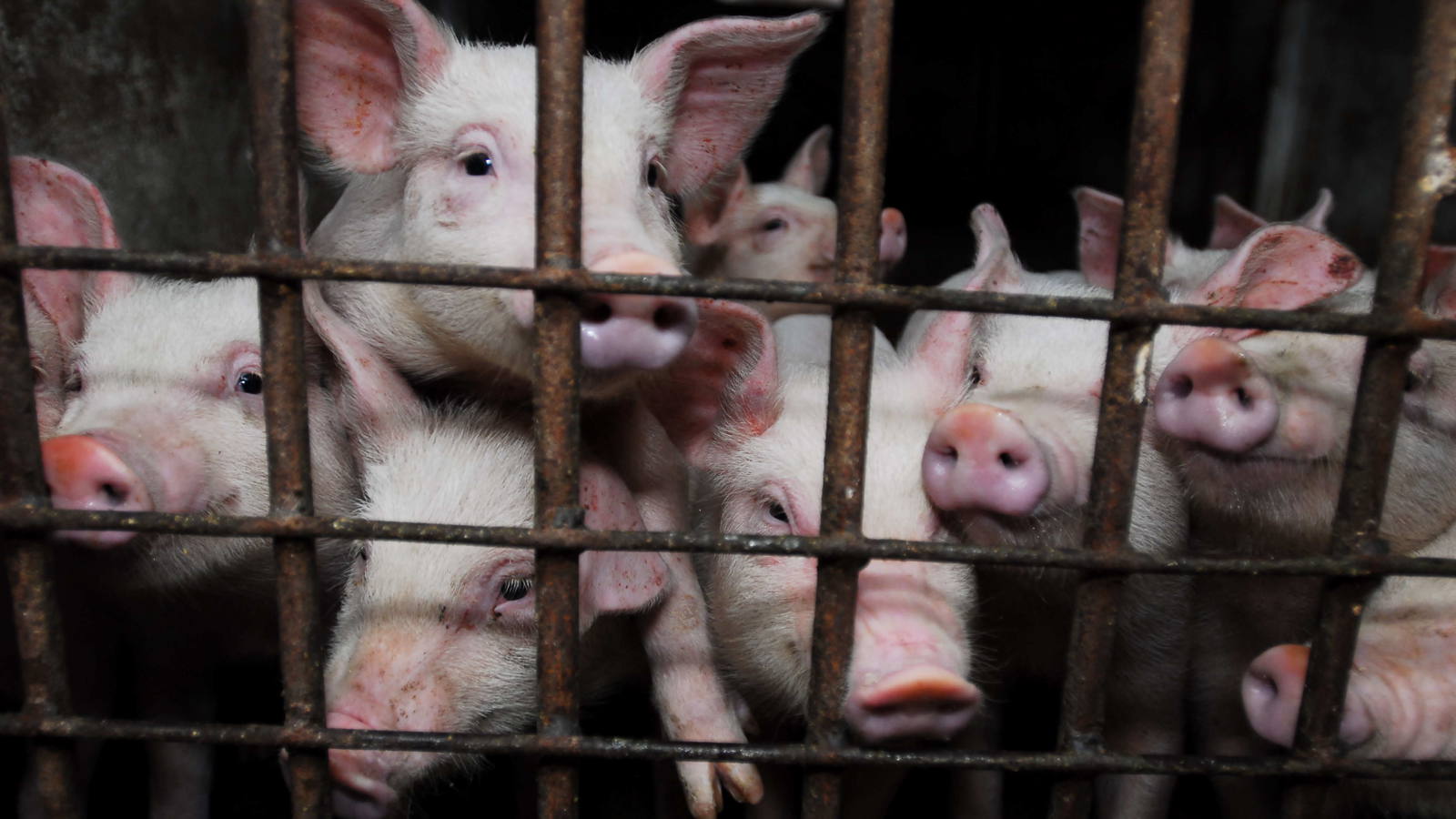
Suggestions to Strengthen Animal Protection Laws
To better safeguard animals, India must:
-
Revise and Repurpose the Prevention of Cruelty to Animals Act (1960): Update outdated provisions to address modern cruelty forms.
-
Increase Penalties: Raise fines for torturing animals from ₹50 to ₹750–₹3,750, and fines for killing animals to ₹75,000 or thrice the animal’s value.
-
Treat Animal Cruelty as a Criminal Offence: Implement harsher punishments reflecting the gravity of these crimes.
-
Eliminate Speciesism: Grant equal rights to all animals, including farm animals like cows and chickens.
-
Make Animal Cruelty Cognizable Offences: Empower police to register cases and initiate investigations without delay.
As Varda Mehrotra, Executive Director of FIAPO, states: "We need laws that reflect the compassion in our constitution and spiritual ethos of ahimsa, treating animal cruelty as a serious crime."

What Needs to Change: Law, Data, Enforcement
1. Update the Prevention of Cruelty to Animals Act
A ₹50 fine for torture is an insult — not a deterrent. We need:
-
Substantially increased penalties.
-
Clearer categorisation of serious crimes (acid attacks, sexual abuse, organised dog fights) as non-bailable and cognisable.
-
Expanded definitions to include psychological torment and neglect.
2. Include Animal Cruelty in Official Crime Records
The NCRB must start documenting cases of animal cruelty annually. Without data, there can be no policy, no enforcement, and no justice.
3. Train Police and Judiciary
Law enforcement needs to understand:
-
The legal framework protecting animals.
-
The wider psychological danger posed by animal abusers.
Officers and judges must stop brushing off such crimes as trivial or petty.
4. Public Awareness and Societal Change
The Indian public must stop treating animals as disposable. Education at schools, public awareness campaigns, and civic engagement are crucial. Until we see animals as living beings worthy of compassion, these abuses will continue unchecked.
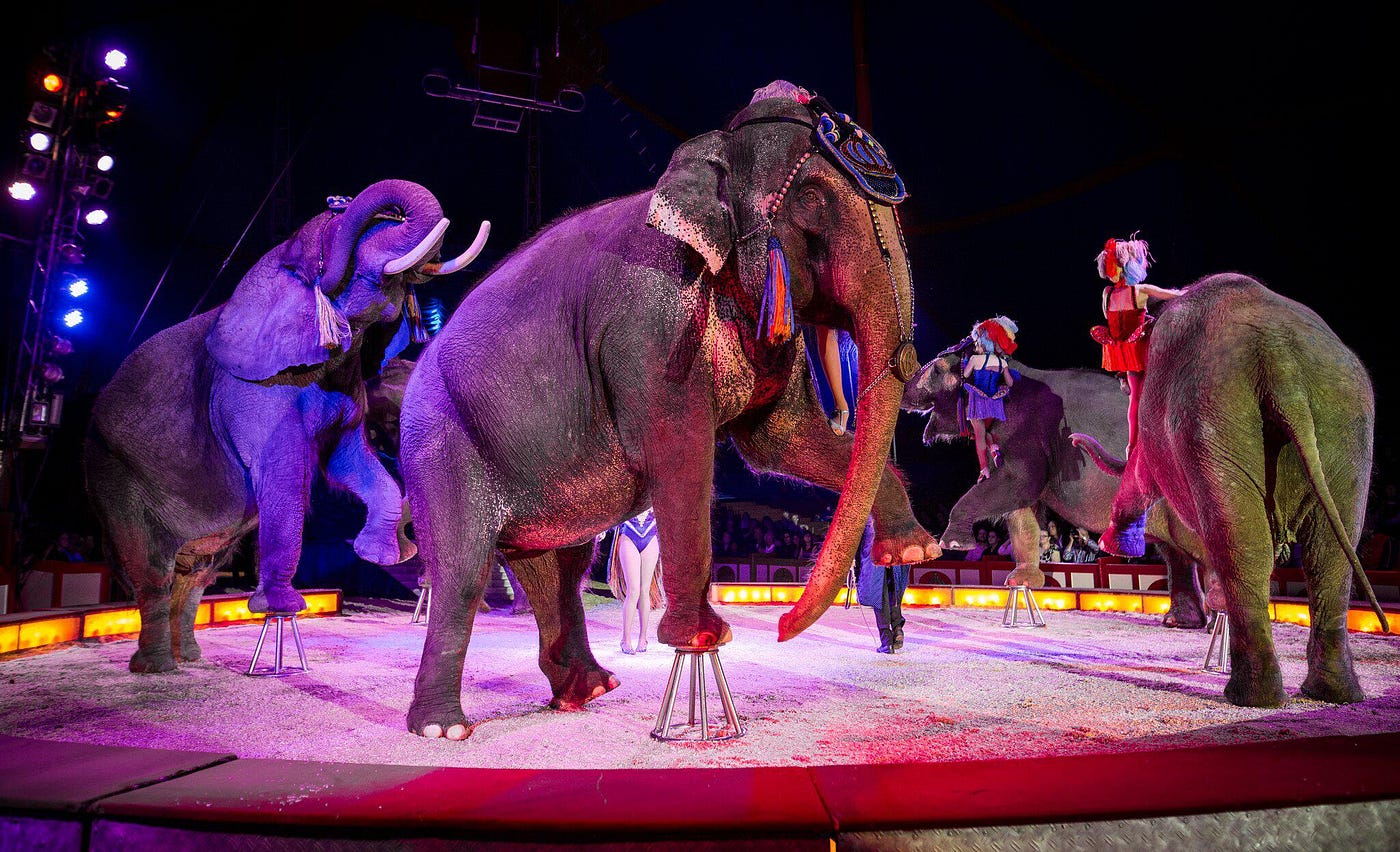
A Final Plea: What Kind of People Do We Want to Be?
Animal cruelty in India is not just a legal loophole — it is a societal wound. Each act of violence against the voiceless reflects the hollowness of our moral compass.
Our Constitution isn’t silent on this issue. Yet those laws remain painfully disconnected from India’s ground reality. Where are these rights when dogs are raped, cows abandoned, cats burned, elephants bombed?
India now stands at a crossroads: do we remain indifferent to this epidemic of cruelty? Or do we take meaningful steps — as lawmakers, citizens, and human beings — to stand up for those who cannot stand for themselves?
Because this is not just about whether animals matter. It is about whether we do.
Views expressed in the above piece are personal and solely those of the author. They do not necessarily reflect Vygr’s views.
With inputs from agencies
Image Source: Multiple agencies
© Copyright 2025. All Rights Reserved Powered by Vygr Media.







